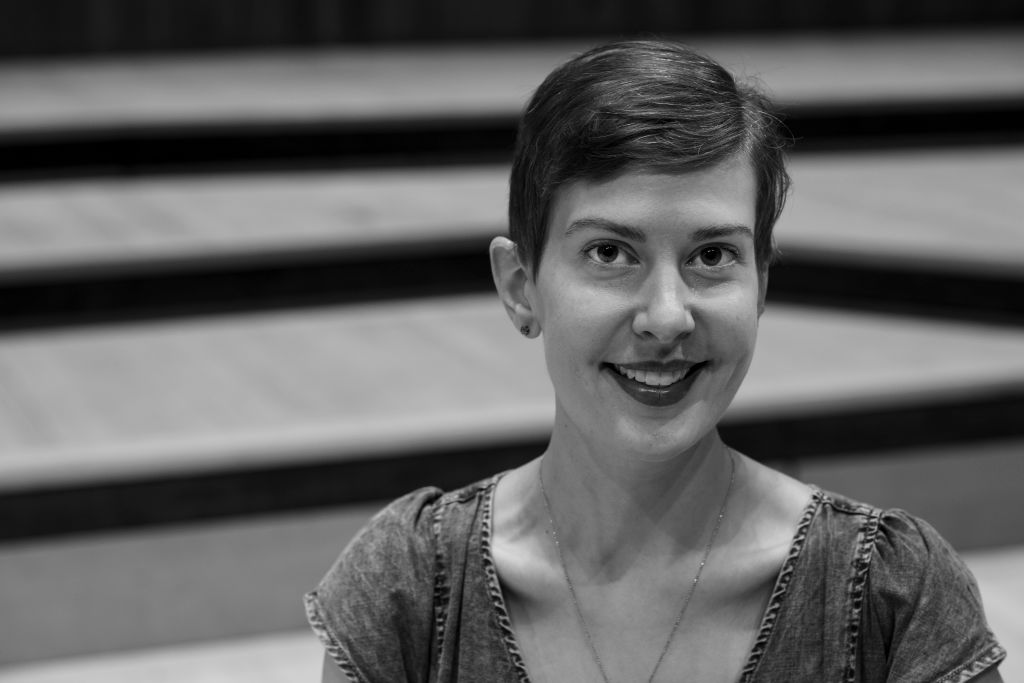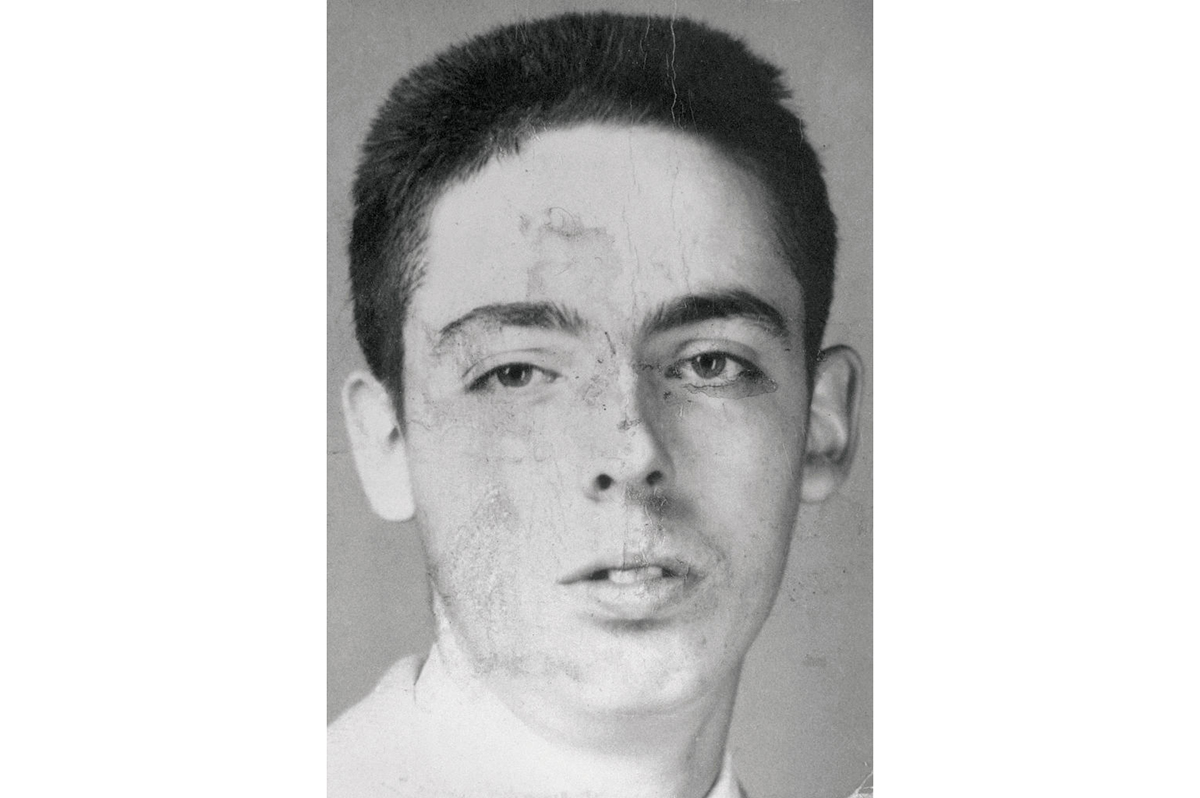In the wake of her niece’s death, a writer travels with her family to Scotland, hoping the holiday will ease their pain. After tasting water from Skye’s natural Fairy Pools, the writer starts to feel not quite herself. It must be a fairy trick, she thinks, or perhaps her grief. She loses feeling in her legs and her grasp of language, but gains an odd new power: access to other creatures’ sensations. Watching her friend eat, she feels the food “slipping spoonful by spoonful inside her,” and picking a sunflower’s petals elicits a “tug in her own flesh.” Patricia Lockwood’s latest novel, Will There Ever Be Another You, charts the protagonist’s bizarre illness and recovery.
Lockwood’s niece died of Proteus syndrome in infancy and her first novel, No One Is Talking About This, ended with the same event. This new work deals with subsequent events in Lockwood’s life (the character’s illness resembles Lockwood’s case of long Covid, and the pandemic rumbles on in the background), but it would be an oversimplification to call it a sequel. There are changes. Lockwood has said that her niece was put into the first book largely intact, but she felt the need to fictionalize various things surrounding her. Lockwood’s father is a Catholic priest; she wrote about him in her celebrated memoir, Priestdaddy. In No One Is Talking About This, the character’s father is a cop, but here his true profession has been restored. The line between Lockwood and her avatar is flimsier, as though illness has rendered fictional disguises absurd. “Could you resuscitate poetic logic,” she asks, “though it seemed to have died?”
The character’s illness makes her merge with other people more literally, raising tricky, spiritual questions
The term “novel” fits this book even more loosely than it did Lockwood’s last. In a recent interview she described her efforts to produce work which transcends traditional genres, comparing this novel to a mirror ball. Its playfulness rests in part on the character’s identity – in her illness, which is a mystery to the character herself. Her husband, unnamed at first, is eventually referred to as Jason, the name of Lockwood’s own husband; she notes that “for some reason my mother started calling me Patricia.” The third-person narration gives way to first, and we learn why: “Some mornings she seemed true, and then she was I; some mornings she seemed false, and then she was she.”
Some pages read like a surrealist association game – disjointed, but with thrilling descriptions. Lockwood has a knack for describing color: the water of the Fairy Pools, for example, is “somehow inflected with the word green.” The body is always interrupting, aching and slithering and collapsing with laughter. While the writer is ill, kissing stops being “paradise” and becomes “a place called Eel Hill.”
Many books mix fiction and memoir. Successfully incorporating criticism into a novel is more unusual. Lockwood manages to bridge this third category through her character’s illness-induced confusion about literature – a predicament, given her profession. Her attempts to refamiliarize herself provide running metacommentary. These passages are enlivened by self-deprecating details and the relentless irony which brought Lockwood Twitter stardom. “Where is the detail that first allows us to enter the body of Anna Karenina?” she muses, in a diary entry made while high on mushrooms, reading Tolstoy “so hard” she “almost died.”
For a while she takes up metalworking classes to distract herself from writing, and expresses her relief poetically: in metalworking, she can stop hunting for “the moment when the words would begin to slip their skins like plums or tomatoes – or people.” Does writing feel like this for Lockwood? Sometimes the novel seems a record of artistic effort, other times the glittering product.
Selfhood is always a slippery thing in Lockwood’s books. Previously she has examined getting lost in collectives: in Priestdaddy, the Catholic church and her eccentric family, and in No One Is Talking About This, the manic pseudo-community offered by the internet. In this novel, the character’s illness makes her merge with other people more literally, hollowing her out and raising tricky spiritual questions. Is there something that makes us definitively ourselves and holds firm even if the rest changes? Does it have something to do with our soul, or perhaps our voice? (Losing the ability to speak English would, the character muses, involve “unzipping the body and stepping out.”) Lockwood’s first two books cover similar ground, but they culminate in satisfying epiphanies. Writing offers clarity and an escape route in her memoir, and in the first novel the overly online narrator is pulled back to reality by her niece’s medical condition.
In Will There Ever Be Another You, the character’s illness lifts, but Lockwood doesn’t explain the strangeness away. To offer a resolution would be to abide by the very narrative norms that confound her character, who nurses ambitions to complete a different sort of project, “a masterpiece about being confused.” Is this novel the masterpiece of which the character speaks? By leaving that question so tantalizingly open, Lockwood may well have succeeded.
This article was originally published in The Spectator’s September 29, 2025 World edition.


























Leave a Reply